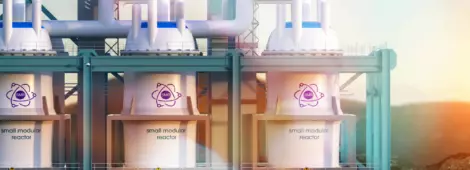
MULTIAGENCY COORDINATION SYSTEMS DURING EMERGENCY RESPONSE
Response planning coordination between private and public entities improves emergency management capabilities. When establishing, updating, exercising, and implementing response plans, partnering with associated response participants will result in a more successful and streamlined implementation of emergency plans.
In a 2010 press release, FEMA Administrator Craig Fugate stated, "There's no way government can solve the challenges of a disaster with a government-centric approach. It takes the whole team. And the private sector provides the bulk of the services every day in the community.”
When a disaster strikes at a company facility, a multi-agency response typically involves outside response groups and corresponding government agencies. Through collaborative planning, the following multifaceted concepts can be incorporated in a coordinated emergency management program:
- Proven and successful response models and best practices
- Effective tools and equipment from a variety of sources
- Training and exercises
The goal of multi-agency coordination is to prioritize and organize the need for critical resources, thereby assisting the coordination of the emergency response operations. A coordinated effort should consist of a combination of agreed upon elements including:
- Personnel
- Procedures
- Protocols
- Business practices
- Communications systems and methods
The most commonly used elements in a coordinated response are Emergency Operation Centers (EOCs) and Multiagency Coordination Systems (MACS). An EOC is a central command facility, activated to support response operations in the event of an incident.
According to FEMA, MAC Groups are typically comprised of administrators/executives, or their appointed representatives. MAC Groups may also be known as multi-agency committees or emergency management committees. There are seven common functions that MACS will generally perform during an incident:
- Assessment
- Prioritization
- Acquisition and allocation of critical resources
- Supporting relevant incident management policies and interagency activities
- Coordination with other MACS
- Coordination with elected and appointed officials
- Coordination of information












